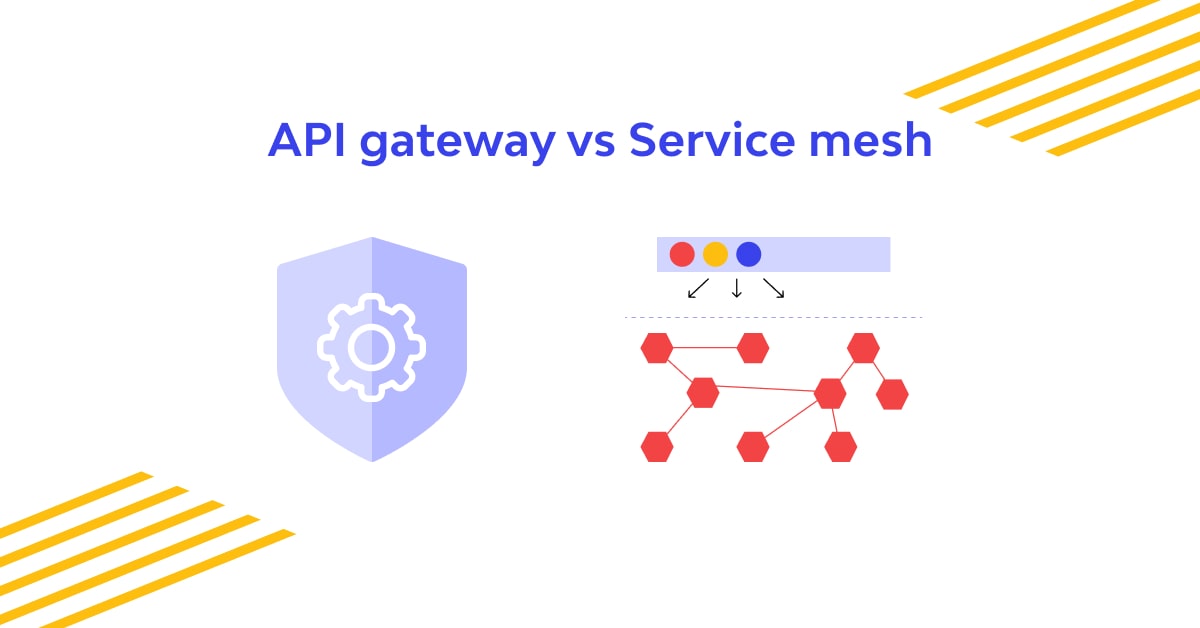In the world of microservices, where applications are broken down into smaller, independent services, managing communication and ensuring smooth operation becomes crucial. Two key technologies emerge to address this challenge: service mesh and API gateways. While both play essential roles, they operate in distinct areas. Let’s delve into their functionalities and understand the key differences.
API Gateway: The Public Face of Your Services
Imagine an API gateway as a central hub that sits between external users and your internal microservices. It acts as the single entry point for all API requests, managing traffic flow, security, and access control. Here’s what an API gateway typically handles:
- Request Routing: It directs incoming requests to the appropriate microservice based on predefined rules.
- Security: It enforces authentication and authorization for incoming requests, ensuring only authorized users can access specific services.
- Rate Limiting: It controls the number of requests a service can receive to prevent overload.
- Response Transformation: It can modify or transform the response data from microservices to match a consistent format for the consumers.
Service Mesh: The Invisible Traffic Director for Microservices
In contrast to the public-facing role of an API gateway, a service mesh operates behind the scenes, managing communication between your internal microservices. It acts like an invisible layer that orchestrates service-to-service interactions. Here are some key functionalities of a service mesh:
- Service Discovery: It helps microservices find each other dynamically, even if their locations change.
- Load Balancing: It distributes traffic across multiple instances of a microservice to ensure scalability and prevent bottlenecks.
- Traffic Management: It allows for features like circuit breaking (automatically stopping calls to failing services) and retries.
- Monitoring and Observability: It provides valuable insights into service-to-service communication, helping identify performance issues and debug problems.
Key Differences: Understanding When to Use What
The core distinction between service mesh and API gateway lies in their target audience:
- Focus: Service mesh deals with internal service-to-service communication, while the API gateway handles external client requests to your APIs.
- Level of Operation: A service mesh operates at the infrastructure level, transparently managing communication. An API gateway functions at the application level, providing a unified interface for external consumers.
- Functionality: Service mesh focuses on low-level communication aspects like service discovery and encryption. An API gateway tackles higher-level functionalities like authentication, rate limiting, and response transformation.
Can They Work Together?
Absolutely! In fact, they complement each other beautifully. An API gateway can leverage a service mesh for secure and reliable communication with backend microservices. This creates a powerful combination for managing both external and internal traffic within a microservices architecture.
Choosing the Right Tool
The decision between a service mesh and an API gateway depends on your specific needs. If you’re building a microservices architecture and need to manage internal service communication effectively, a service mesh is the way to go. If you need a single entry point for external API access with security and traffic management features, an API gateway is the solution. Often, you’ll end up using both for a robust and scalable microservices environment.


